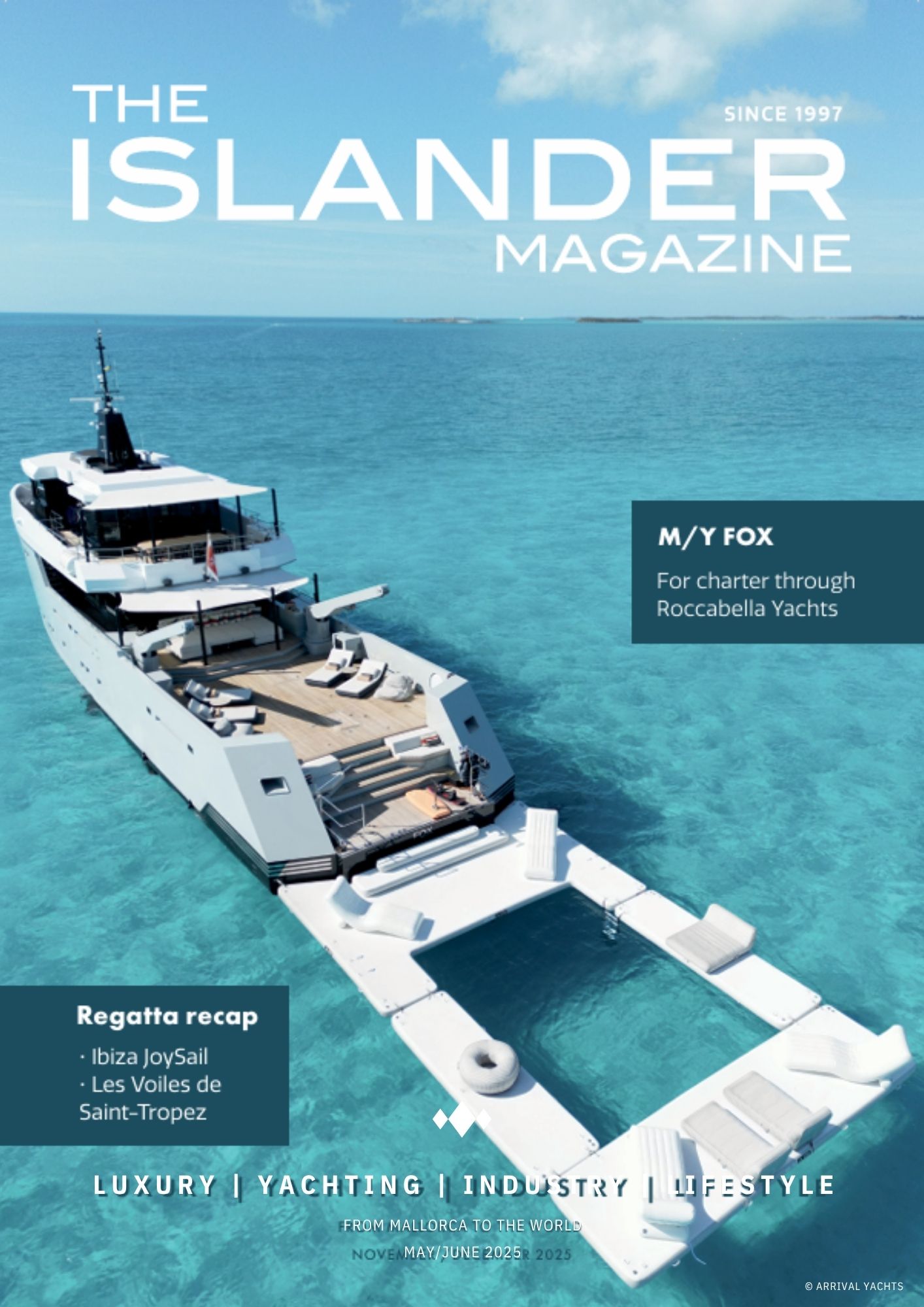Due to the current situation regarding the number of migrants attempting to enter Europe and the high terrorism alert, a number of Schengen Area countries have reintroduced border controls. It is therefore advisable that cruisers now check with their local yacht agent for a full picture of what will be required when entering a Spanish port.
Boats larger than 24 meters will now have to provide a notification of arrival to the Port Captain’s office when entering Spanish ports, as well as complying with other local requirements and any additional paperwork. This hasn’t yet been enforced in all Spanish ports, but it is now effective in Barcelona and Ibiza, for example. Also, when the yacht is carrying more than 12 passengers it will have to request a special permission for anchorage.
In the case of non-EU flagged vessels, the clearance has to be done at a Customs and Immigration Office at a port of entry. In subsequent ports where Guardia Civil and/or Customs officials are stationed the clearance procedure may be repeated, although this varies from place to place. Special care must be taken when filling in the marina or shipyard’s entry forms as these will be sent off to the Border Police Office and revised. Therefore, if you come from an EU port, make sure this is stated. The same applies if you come from a non-EU port. The certified local agent is able to directly inform the Customs and the Immigration Office authorities about the arrival of foreign yachts. New customs regulations have just arrived regarding TI, temporary admission for non-EU boats. Now boats coming from a non-EU port will have again the TI consideration for EU, permission to remain 18 months, only by the fact of crossing the border and it will not be require to proceed to a customs office in order to make their declaration of entry (customs declaration annex 71.1).
After having cleared into Spain, the procedure at subsequent ports will depend on the requirements of local offices. However, one should be prepared to show all relevant documents whenever asked. The local agent, on behalf of the vessel, may be asked for registration papers, crew lists, certificates of competence and proof of marine insurance. Once cleared, yachts are free to stop in ports and anchorages where there are no official checks. Anchorage will always need to be checked to avoid restrictions and special permissions depending on the site.
Non-EU flagged vessels should also clear with Immigration and Customs on departure from Spain. Customs will record the date of departure on the Customs permit, if necessary. This permit can be used again if re-entering Spain within the period of its validity. Each arrival and departure must be noted by Customs on the permit.
Since yachts under TPA, (“inward processing”), must by all means immediately abandon EU waters once TPA is closed, the last European port would be the one where the TPA had been commissioned.
Sensibly, a voyage from Cannes to Palma de Mallorca, for example, is still regarded by the Spanish authorities as effectively a “coastal” voyage between EU ports, as long as there is no intermediate stop in a non-EU port. In this case there would be no need to comply with the full inward clearance formalities, only immigration ones.
Please also do not forget the immigration clearance procedures, which are really necessary on the same level as yacht customs clearance.
If you have any further query or need extra information on customs clearance please contact Evolution Yacht Agents.
by Evolution Yacht Agents
Email: info@evolutionagents.com
Tel. +34 971 400 200














0 Comments